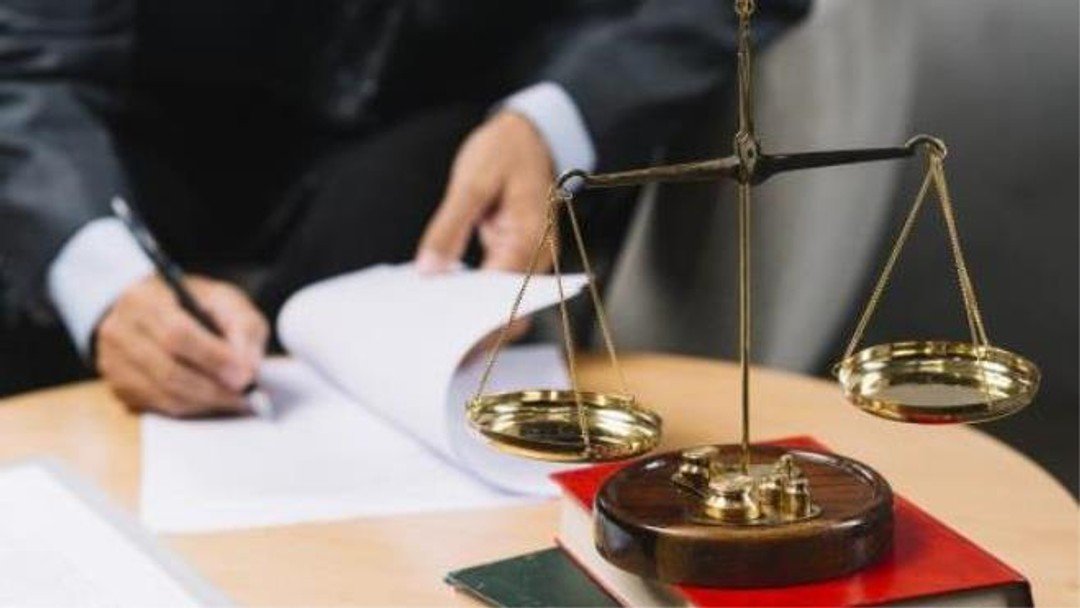Put to proof: how inquiry reports may help abuse victims

Inquiry reports can be a valuable resource, especially where other evidence is unavailable, explains Christopher Ratcliffe
In FXF v Ampleforth Abbey Trustees [2020] EWHC 791 (QB), the High Court considered whether a report of the Independent Inquiry into Child Sexual Abuse (IICSA) was admissible in civil proceedings.
IICSA
IICSA was established under the Inquiry Act 2005 following serious concerns that institutions had failed, and continued to fail, to protect children from abuse. IICSA’s remit was to consider the extent of any institutional failures and make recommendations for the future protection of children.
In FXF, the claimant alleged sexual abuse in the late 1960s by a priest and she was put to proof. In support, among other things, the claimant relied on hearsay evidence that her mother had complained to the church in 1969 and consequently the priest had been reassigned.
The community of Ampleforth Abbey was scrutinised by IICSA in one of 15 separate investigations. The final report (2018) found failings, including that in the 1970s to 1980s the response of Ampleforth to allegations of abuse was to transfer offending monks from schools to parishes. The claimant submitted this finding was relevant and probative that the complaint had been made.
Admissible evidence
The Honourable Mrs Justice Lambert held the report was admissible, potentially relevant and there was no unfairness to the defendant in considering the report.
The question was whether the report advanced the claimant’s case in any material way – it did not. The priest’s transfer was consistent with a complaint being made, but it was speculation that it was the reason for the transfer.
Despite the inquiry process being inquisitorial as opposed to adversarial, IICSA’s final reports should be given serious consideration by the court in relevant cases.
Over 323 days of public hearings, 648 witnesses gave evidence on oath. More provided written testimony and 590,000 pages of relevant documentation was disclosed.
IICSA was assisted by highly skilled and specialist lawyers. The final reports show the inquiry thoroughly investigated matters, forensically considered the evidence and set out robust findings.
Put to proof
In civil proceedings for historical abuse, claimants are generally put to proof of the abuse. Sexual abuse is usually perpetrated clandestinely; it’s rare that documentation can prove abuse or that actual witnesses to events are available. Yet claimant testimony alone is insufficient and supporting evidence is necessary.
IICSA’s findings can be supportive by establishing the claimant was exposed to an abusive environment and the risk of abuse was real. In the Nottingham investigation, for example, after detailed consideration of evidence covering a 40-year period, IICSA found a significant number of children were sexually abused at Beechwood children’s home and it was an unsafe environment for vulnerable children.
The issue of liability
The liability of the defendant for any proven abuse is likely to be pleaded under no-fault principles, particularly in claims arising from abuse in care.
A defendant is vicariously liable where sexual abuse was committed by employees acting in the course of employment (Lister v Hesley Hall [2001] UKHL 22) or when perpetrated where the relationship was ‘akin to employment’ (Various Claimants v Catholic Welfare Society [2012] UKSC 56). Since Armes v Nottinghamshire County Council [2017] UKSC 60, local authorities are vicariously liable for abuse perpetrated by foster carers.
Negligence may be pleaded in the alternative or may be the claimant’s only viable position. Any failings found by IICSA can form the basis of negligence allegations.
For example, IICSA found the Church of England did not do enough to protect some children from sexual predators. Alone, this may not be sufficient to determine liability and further investigation may be necessary, but the rationale behind the finding will certainly be supportive of negligence.
Relevance matters
IICSA final reports are clearly relevant in related cases. The relevance and weight attached to those reports will depend on the facts in a particular case, but fairness and justice dictate the court must consider any relevant evidence.
One would hope the parties will take a sensible approach to the robust findings of IICSA. Early consideration of the reports may limit investigative costs, narrow material issues, focus disclosure and witness evidence, avoid satellite litigation and resolve claims quicker; an approach loyal to that encouraged by the Civil Procedure Rules.
Christopher Ratcliffe is a solicitor and lecturer at Nottingham Law School, Nottingham Trent University